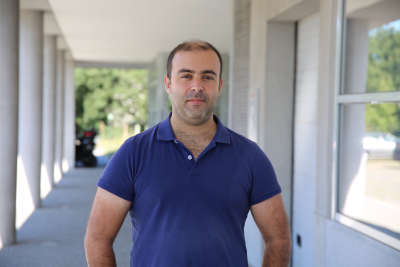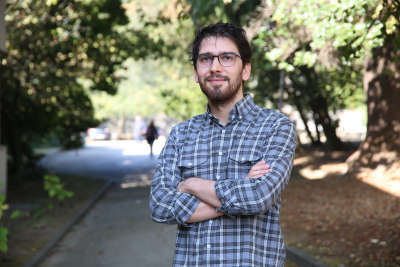Laboratório de Inteligência Artificial e Apoio à Decisão
O LIAAD investiga na área estratégica de Data Science, que tem verificado um crescente interesse por todo o mundo, sendo fundamental para todas as áreas da atividade humana.
As enormes quantidades de dados recolhidos (Big Data) e a generalização de dispositivos com sensores e/ou poder de processamento oferecem cada vez mais oportunidades e desafios a cientistas e engenheiros.
Além disso, a procura por modelos complexos de apoio à decisão está a generalizar-se em áreas como negócios, saúde, ciência, governo eletrónico e e-learning, o que nos encoraja a investir em diferentes abordagens.
A nossa estratégia geral é tirar proveito do fluxo e diversificação de dados e investir em linhas de investigação que ajudarão a reduzir a lacuna entre dados recolhidos e dados úteis, oferecendo diversas soluções de modelação.
No LIAAD o trabalho científico centra-se nas seguintes áreas: machine learning, estatística, otimização e matemática.








































